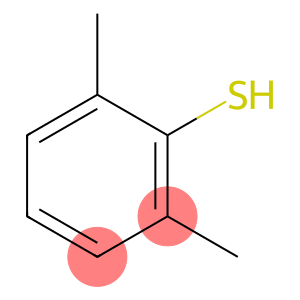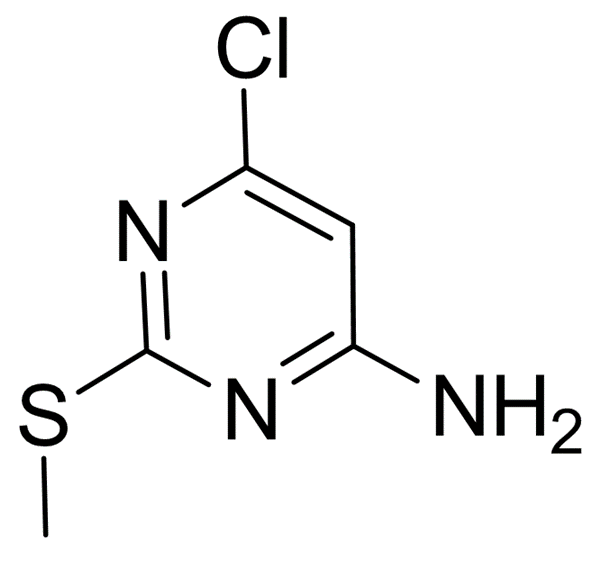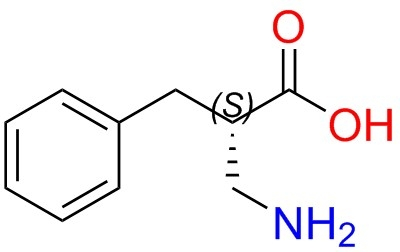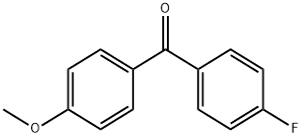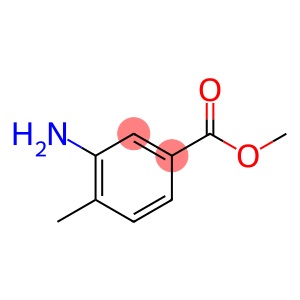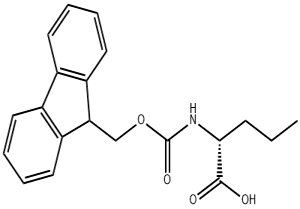2-6-dimethylbenzenethiol(CAS#118-72-9)
| Hazard Symbols | Xi – Irritant |
| Risk Codes | 36/37/38 – Irritating to eyes, respiratory system and skin. |
| Safety Description | S26 – In case of contact with eyes, rinse immediately with plenty of water and seek medical advice. S36/37/39 – Wear suitable protective clothing, gloves and eye/face protection. S36 – Wear suitable protective clothing. S7/9 - |
| UN IDs | UN 3334 |
| WGK Germany | 2 |
| TSCA | T |
| HS Code | 29309090 |
| Hazard Class | 6.1 |
Introduction
2,6-Dimethylphenol, also known as 2,6-dimethylphenol phenyl mercaptan, is an organic compound. The following is an introduction to its nature, use, preparation method and safety information:
Quality:
- Appearance: 2,6-Dimethylphenylthiophenol is a colorless or yellowish solid.
- Solubility: It can be dissolved in most organic solvents, such as ethanol and dimethylformamide.
Use:
- Preservatives: 2,6-dimethylphenylthiophenol has good antioxidant and antiseptic properties, and can be used as a preservative in materials such as rubber, plastics, coatings, and paints.
Method:
- 2,6-Dimethylthiophenol can be prepared by reacting p-thiophenol with methylating reagents such as methyl iodide or methyl tert-butyl ether.
Safety Information:
- 2,6-Dimethylphenylthiophenol has no obvious harm to human health and the environment under normal conditions of use.
- As a chemical, use should follow safe operating procedures, avoid direct contact with skin and eyes, and avoid inhalation or ingestion.
- During storage and handling, care should be taken to prevent it from coming into contact with oxidants and strong acid/alkaline substances.


